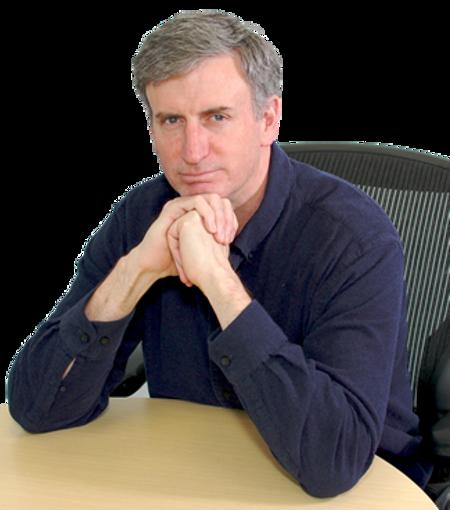Scott Edward Pratt
Professor Emeritum, Department of Physics & Astronomy
Location: 2133 Cyclotron Bldg
Phone: 517-908-7460
Email: prattsc@msu.edu
Website: http://www.pa.msu.edu/people/pratts/
Bio
My research centers on the theoretical description and interpretation of relativistic heavy ion collisions. In these experiments, heavy nuclei such as gold or lead, are collided head on at ultrarelativistic energies. The resulting collisions can create mesoscopic regions where temperatures exceed 1012 Kelvin. At these temperatures, densities become so high that hadrons overlap which makes it impossible to identify individual hadrons and one attains a new state of matter, the strongly interacting quark gluon plasma. The QCD structure of the vacuum, which through its coupling to neutrons and protons is responsible for much of the mass of the universe, also melts at these temperatures. Unfortunately, the collision volumes are so small (sizes of a few times 10-15 m) and the expansions are so rapid (expands and disassembles in less than 10-21 s) that direct observation of the novel state of matter is impossible. Instead, one must infer all properties of the matter from the measured momenta of the outgoing particles. Thus, progress is predicated on careful and detailed modeling of the entire collision. Modeling heavy ion collisions invokes tools and methods from numerous disciplines: quantum transport theory, relativisitic hydrodynamics, non-perturbative statistical mechanics, and traditional nuclear physics — to name a few. I have been particularly involved in the development of femtoscopic techniques built on the phenomenology of two-particle correlations. After their last randomizing collision, a pair of particles will interact according to the well-understood quantum two-body interaction. This results in a measurable correlation which can be extracted as a function of the pair's center of mass momentum and relative momentum. Since the correlation is sensitive to how far apart the particles are emitted in time and space, it can be used to quantitatively infer crucial properties of the space-time nature of the collision. # Education: * 1985: Ph.D. Physics, University of Minnesota; * 1980: B.S. Physics, University of Kansas
Selected Publications
- Charge conservation at energies available at the BNL Relativistic Heavy Ion Collider and contributions to local parity violation observables, S. Schlichting and S. Pratt, Phys. Rev. C83, 014913 (2011).
- Coupling Relativistic Viscous Hydrodynamics to Boltzmann Descriptions, S. Pratt and G. Torrieri, Phys. Rev. C82, 044901 (2010).
- Determining Fundamental Properties of Matter Created in Ultrarelativistic Heavy-Ion Collision, J. Novak, K. Novak, S. Pratt, C. Coleman-Smith, R. Woplert, arXiv: 1303.5769 (2013)
- Effects of Momentum Conservation and Flow on Angular Correlations at RHIC, S. Pratt, S. Schlichting and S. Gavin, Phys. Rev. C 84, 024909 (2011).
- General Charge Balance Functions, A Tool for Studying the Chemical Evolution of the Quark-Gluon Plasma, S. Pratt, Physical Review C85, 014904 (2012), arXiv:1109.3647 [nucl-th].
- Identifying the Charge Carriers of the Quark Gluon Plasma, Scott Pratt, Physical Review Letters 108, 212301 (2012).
- Universal Flow in the First fm/c at RHIC, J. Vredevoogd and S. Pratt, Proceedings of Quark Matter 2009, Nucl. Phys. A 830, 515C (2009).
